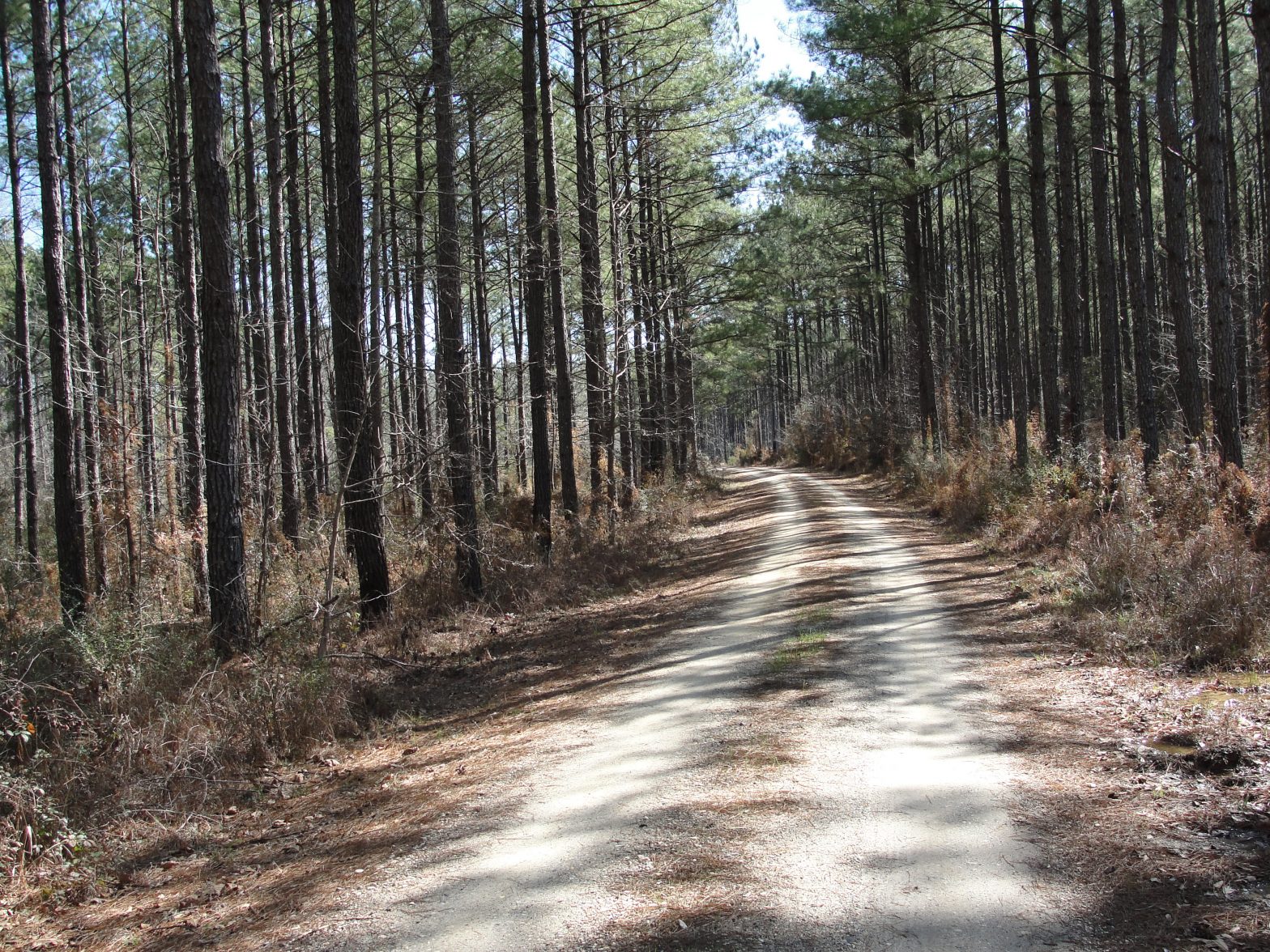It’s been a while since I’ve made a post and with October being one of the prime time for harvesting timber on Shady Pines, I thought I would shed a little light on current timer prices. Over the last year when I told people that I owned a timber farm, they assumed that I must be raking in the money. They saw the price of a 2×4 at Home Depot and just assumed that price translated into higher prices for raw material producers.
Boy were they wrong 🙂 For anyone in the timber business, the last 10 years have been rough. Low stumpage prices, fewer loggers, and fewer mills. I like to follow Forisk Consulting for insights into the timber industry and Brooks Mendell recently had an article in the quarterly edition of the Mississippi Forestry Association “Tree Talk.” I will attempt to summarize the article but it was another look at how timber prices reflect the laws of supply and demand. The South is awash in timber and has been for many years. This is the result of numerous factors: CRP, housing downturn, mill consolidation, etc. This led to reduced demand for timber and lower prices.
When the pandemic hit and people were forced to stay at home, the DIY folks created a run on finished lumber. Since lumber mills have a finite capacity, they were not able to ramp up quickly. Furthermore, many mill owners knew that the demand for lumber would eventually come back down and instead of trying to increase capacity, they simply pocketed the higher profits. I can’t hate anyone for making a dollar but it still hurts that the timber producer didn’t get a piece of those higher prices.
Lumber prices have finally started to go back to their historical averages and timber prices haven’t budged and if anything has fallen even lower. All of this seems like doom and gloom for the timber farmers but there is a glimmer of hope. The South is attracting new investments; the massive forests have served as magnets for attracting capital investments into new, cutting-edge mils in the U.S. South. No other region in North America compares with respect to the level of investment activity into sawmills.
In the end, while the relationship between softwood lumber and log prices in the South is loosely correlated, the conditions for attracting forest industry capital and supporting long-term healthy markets for wood are all present in the South: availability, accessibility, and sustainably managed forests.
